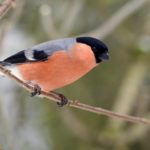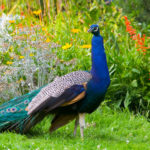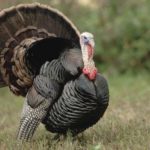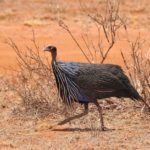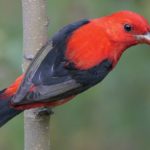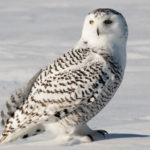Interesting facts about parus
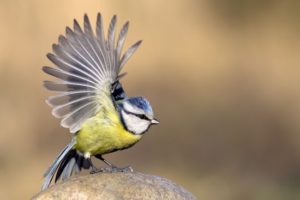 Parus are birds, the chattering of which you can often hear behind your window if you live in Russia. On the territory of our page they are widely distributed, and they are among the first with their singing announcing the coming of spring every year. Due to the bright color of feathers and sonorous voice, the bird can not be confused with any other bird.
Parus are birds, the chattering of which you can often hear behind your window if you live in Russia. On the territory of our page they are widely distributed, and they are among the first with their singing announcing the coming of spring every year. Due to the bright color of feathers and sonorous voice, the bird can not be confused with any other bird.
There are many different types of parus (26 in total), but the usual Russians are the so-called “big parus”. In Russia they live mainly.
Contrary to its name, there is almost no blue color in the plumage of parus. More precisely, there are, but quite a bit, and only in the azure, which also belong to this species.
Almost all species of parus can not self-hollow out a hollow in old trees, so they prefer to occupy the hollows of other birds abandoned by their former owners.
Parus can easily be tamed and are trustworthy. Having gained patience, you can feed even quite “wild” parus in the forest or park from the palm of your hand.
Titmoles rarely flap their wings during the flight, which, however, does not prevent them from flying at an impressive speed.
For the winter, the titmice does not fly south, but move from forests to cities, because it’s easier to find a place where you can warm up.
Parus feed their chicks 30-40 times an hour.
In Russia there was a decree prohibiting the murder of the parus on pain of a large fine.
Black bread for parus is extremely dangerous.
In summer, the average titmouse eats 300-400 caterpillars a day, that is, it eats as much food per day as it weighs itself.








